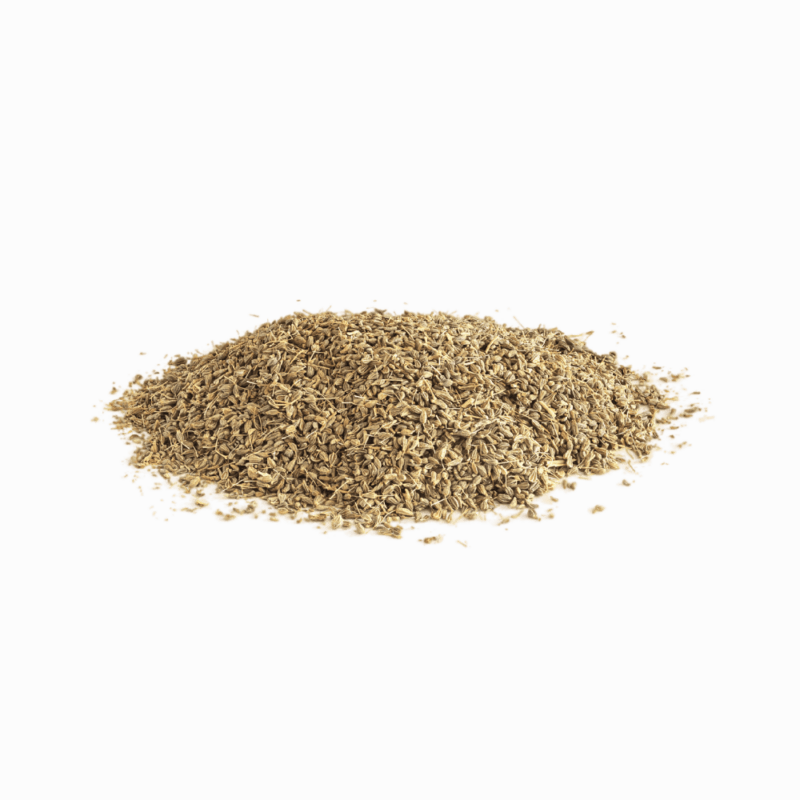Saffron is a spice derived from the dried stigmas of the saffron crocus flower. It is well-known for its unique taste and intense aroma. In this post, we will explore various aspects of saffron, such as its taxonomy, history, cultivation, uses, and availability.
Taxonomy of the saffron plant
The saffron plant belongs to the family of iris or Iridaceae and has the scientific name Crocus sativus. It is a perennial plant that blooms in autumn and consists of small bulbs, which are referred to as corms. The flowers of the saffron plant are violet in color and have three red stigma threads, which are processed into saffron.
History of Saffron
Saffron has been used for centuries as a spice and coloring agent and has a long history in medicine and cosmetics. It is believed to have originated in Persia (modern-day Iran) and was spread to the Mediterranean region, India, and China from there. Saffron was a highly valuable spice and was often used as currency. Over time, it became popular in European cuisine and today it is known and loved around the world.

Cultivation of saffron
Saffron is grown in various parts of the world, but the largest producer is Iran. The cultivation of saffron requires a lot of care and attention, as the plants are delicate and can only thrive in certain climatic zones. The timing of the harvest is crucial, as the flowers can only be harvested on a specific day to ensure the highest quality. The majority of the world's saffron is grown in the eastern region of Iran.
Sargol, Negin, Pushal und Bunch Saffron
There are different types of saffron that vary in appearance, taste, and quality. The most common types are Sargol, Negin, Pushal, and Bunch Saffron. Sargol is the highest quality and consists of just the red stigma threads, while Negin is made from the entire flower. Pushal contains stigma threads and a portion of the flower, while Bunch Saffron contains whole flowers.
Saffron powder
Saffron can be used as either threads or powder. The powder is often used to flavor rice dishes, soups, and sauces.
Ajwain – Organic and conventional
Organic and Conventional
- Ajwain is a spice used in Indian cuisine and traditional medicine
- Also known as carom seeds
- Has a pungent, slightly bitter taste and a strong, distinct aroma
- Native to India and also cultivated in Iran, Egypt, Afghanistan, and Pakistan
- Derived from the fruit of the Ajwain plant, a member of the Apiaceae family
- Small, oval-shaped, and grayish-green in color
- Widely used in Indian cuisine, especially in bread, curry, and vegetable dishes
- Used in traditional medicine to aid digestion, reduce inflammation, and treat respiratory ailments
- High-quality Ajwain seeds sourced directly from reliable suppliers
- Available in bulk at competitive prices
- Strong aroma and unique flavor
Alyssum seeds – Organic and conventional
Ammoniacum gum – Organic and conventional
Organic and Conventional
• Ammoniacum gum is a resin that is obtained from the stem of a perennial herb called Dorema ammoniacum, which is native to Iran and surrounding countries. • The color of Ammoniacum gum can vary from yellow to brown, and it has a distinct, pungent aroma and a bitter taste • Ammoniacum gum is often used in perfumery to add depth and complexity to fragrances. • It has been used to treat respiratory ailments, such as coughs and asthma, as well as digestive issues and skin conditions. • Ammoniacum gum is also used in the production of incense, varnishes, and paints. • It is a valuable ingredient in many cosmetic formulations due to its ability to improve the texture and stability of creams and lotions. • We are proud to offer high-quality Ammoniacum gum in bulk quantities. • Our gum is carefully sourced from the best suppliers and is guaranteed to be of the highest quality. • Contact us today to place your order and experience the many benefits of Ammoniacum gum in your products.Anise – Organic and conventional
- Anise is a flowering plant native to the eastern Mediterranean region and southwest Asia.
- The seeds of the anise plant are used to produce the spice, which has a sweet, licorice-like flavor and aroma.
- The spice is commonly used in cooking, particularly in baked goods, liquors, and savory dishes.
- Anise oil is also extracted from the seeds and used in aromatherapy and fragrance production.
- Anise can be consumed in various forms, such as ground spice, whole seeds, tea, and supplements.
- Anise is a popular ingredient in Middle Eastern, Mediterranean, and Asian cuisines, as well as in some European and American dishes.
- Anise is often used to add flavor to licorice candy and other sweets.
- Anise has a long history of use in various cultures and is considered a symbol of fertility, protection, and good luck in some traditions.
Asafoetida gum – Organic and conventional
- Organic and Conventional
- Botanical Name: Our Asafoetida
- products are made from the botanical name Asafoetida, also known as Ferula asafoetida.
- This ensures the use of high-quality raw materials without any impurities.
- Origin: We use original Asafoetida resin from Iran for our products, which is known for its high quality and rich flavor.
- Pure resins: Our Asafoetida products contain pure resins extracted from the roots of the Asafoetida plant, guaranteeing that our products are free from additives or fillers.
- Various forms: We offer our Asafoetida products in different forms, including paste, powder, oil, or dried.
- This allows you to choose the form that suits your needs.
Asafoetida Oil – Organic and conventional
- Asafoetida Oil is derived from the resin of the Ferula plant.
- It has a pungent smell and a bitter taste.
- The oil is pale yellow to dark brown in color.
- Asafoetida oil is used in cooking, as a spice and flavoring agent.
- It is also used in traditional medicine to treat a variety of ailments.
- Asafoetida oil has anti-inflammatory, anti-bacterial, and anti-fungal properties.
- In aromatherapy, Asafoetida oil is used to promote relaxation and relieve stress.
- Asafoetida oil is a popular ingredient in Indian and Middle Eastern cuisines.
Astragalus gum – Organic and conventional
- Astragalus Gum is a natural gum derived from the root of the Astragalus plant.
- It comes from various regions of Asia, including China, Mongolia, and Korea.
- The gum is light yellow or brown in color, with a slightly sweet and bitter taste and a faint herbal aroma.
- Astragalus Gum is also used in the food industry as a thickener and stabilizer in various products such as confectionery, beverages, and sauces.
- It is also used in the cosmetics industry in skincare and hair care products for its moisturizing and anti-aging properties.
- Astragalus Gum is available in bulk for various applications, including medicinal, culinary, and cosmetic.
Barberry – Organic and conventional
- Botanical name: Berberis vulgaris
- Traditionally sun-dried on the branch for several months
- No bleaching oil or other treatments added
- Handpicked, double sorted and cleaned, double laser sorted
- As a manufacturer, supplier, and wholesaler, we offer the best quality of Berberis directly from our partner farm.
At Blumental, we cultivate saffron in its country of origin, Iran, and offer various types of saffron in both organic and conventional quality at the best quality and reasonable prices. We take pride in offering the highest quality saffron that is grown and harvested in strictly controlled environments. Our customers can choose from various varieties such as Sargol, Negin, Pushal, and Bunch. Additionally, we also offer saffron powder that is great for seasoning dishes. If you have a brand, we also provide private labeling solutions so that you can sell our products under your own brand. Please contact us for more information and orders!











